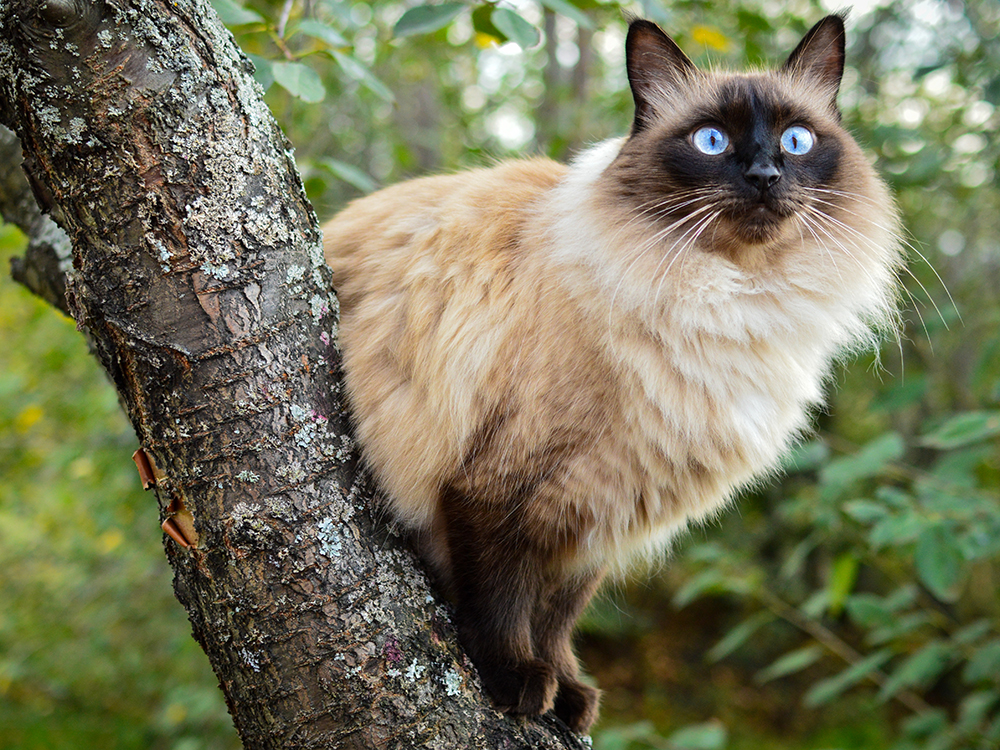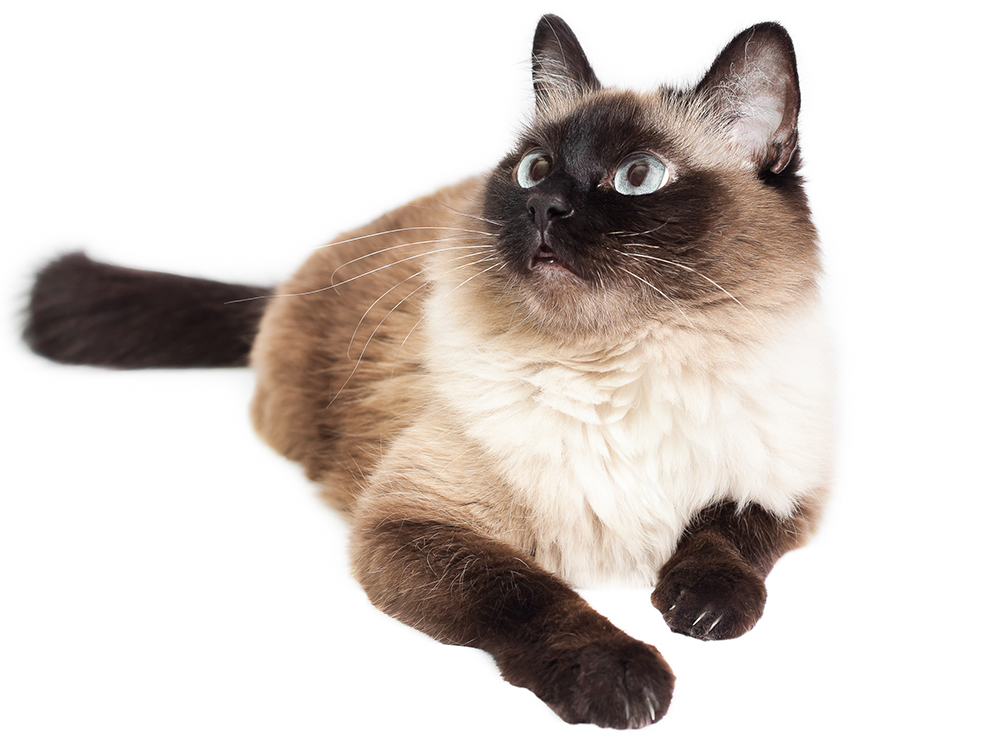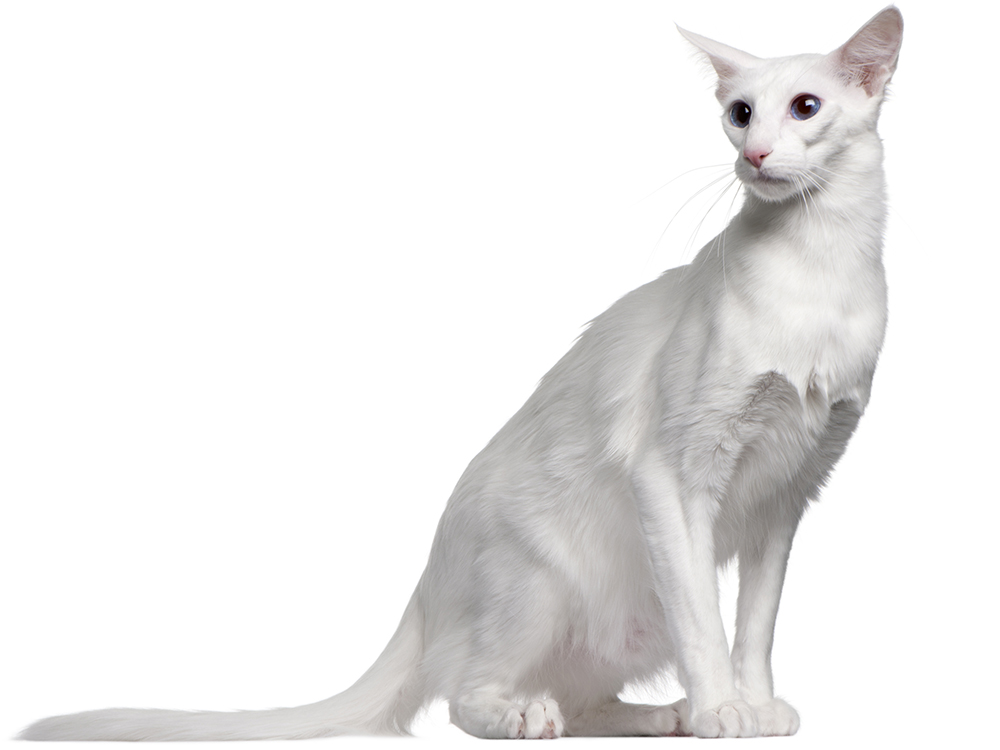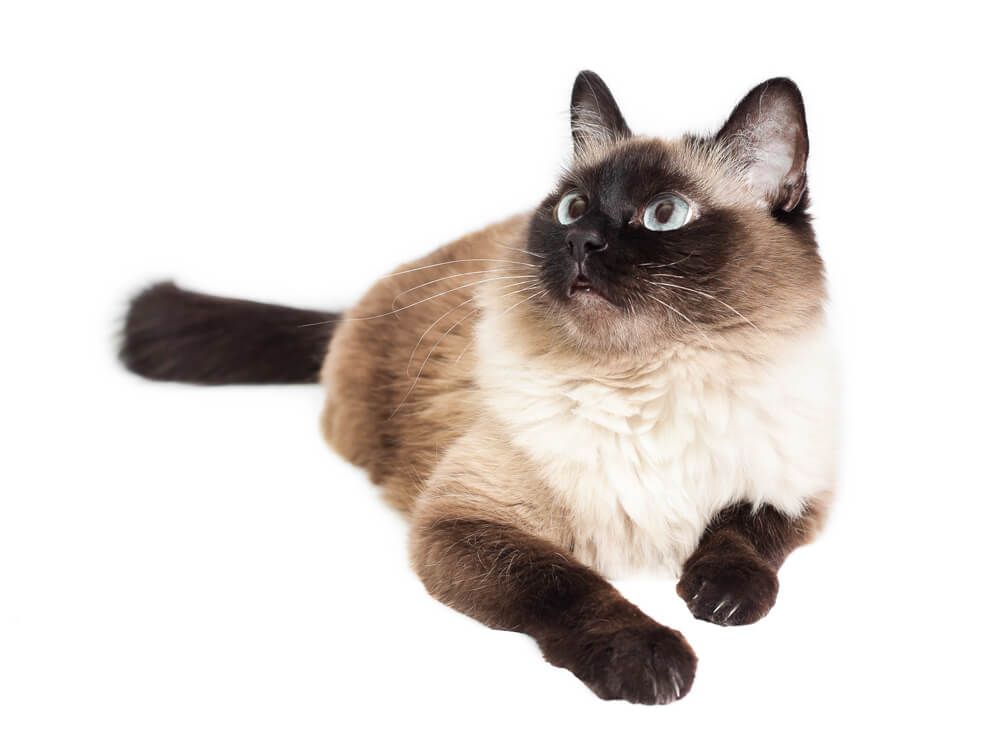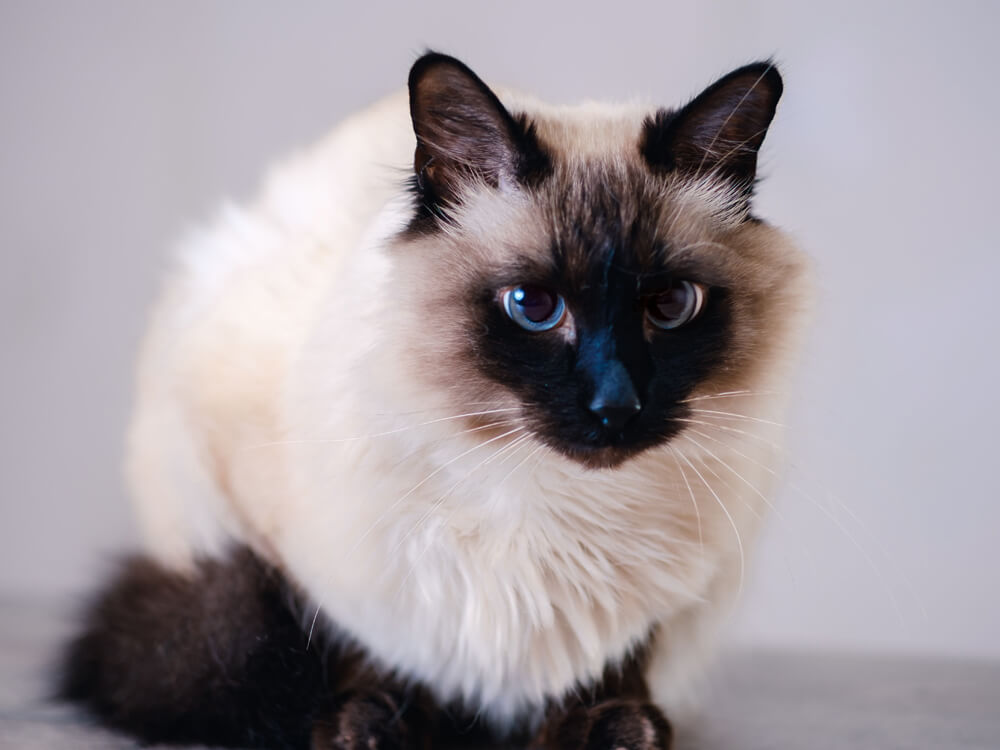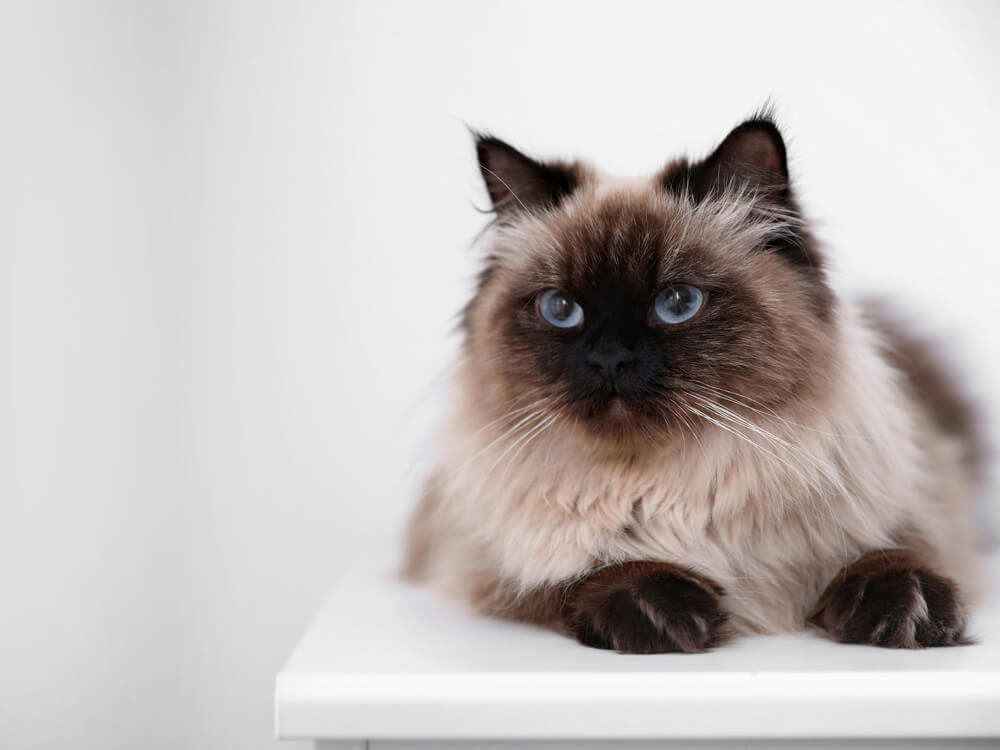
Balinese Breed Pictures
Vital Breed Stats
| Weight: | 2 - 5 kg M | 2 - 5 kg F |
| Life Expectancy: | 12 - 15 years |
Breed Characteristics
| Size: |  |
| Grooming: |  |
| Good with Children: |  |
| Good with other pets: |  |
| Affectionate: |  |
| Active Level: |  |
Give a thumbs up if you love the Balinese

0
More About the Breed
History
Long-haired Siamese cats emerged every now and then in the past and were considered faults. As such, they were made available as pets. In fact, some documents attesting to the presence of such felines dated back to the 1900s.
Breeders in America later focused on developing the new kitty, particularly in the 1950s. They were careful about pairing the said cats so that the breed will not develop complications whilst still retaining Siamese traits. For this end, Balinese cat breeders never used felines outside the Siamese and Balinese breed.
In deciding on the new breed’s name, the breeders felt Long-Haired Siamese did not roll off the tongue rather well. Other breeders also did not approve naming the new feline as such. A breeder, Helen Smith, then called it “Balinese” in reference to the gracefulness of the dancers from the said Indonesian island. Balinese cats were noted for their very graceful movement.
In the late 1960s, this kitty was finally recognised by the CFA. Then, in the early 1970s, the breed reached the UK. However, it was not until in the 1980s that the said breed was fully acknowledged by the GCCF. This helped boost the popularity of the Balinese cat in various parts of the world.
Appearance and Grooming
Finely boned and elegant, this cat‘s medium-sized body is lithe and very graceful. Its wedge-shaped head is of a nice proportion and has large ears that can be tufted or non-tufted. Its eyes are rather slanted in that distinctly Oriental style and are always blue, although the shade may vary. Its face has a “mask” of colouring similar to that of the Siamese.
The Balinese cat has a furry tail that is lighter-coloured compared to the other parts of its body. Its legs are slender, with the hind legs a bit higher than the ones on the front. Its paws are small and oval-shaped.
This kitty’s coat is its most distinctive feature and is very similar to its parent breed. In fact, if you ask what its difference from the Siamese one is, the coat length is the only apparent distinction. It is medium to long in length and does not have an undercoat. As such, its fur is not as prone to tangling and matting compared to other breeds. The coat is not fully grown out until the feline itself has reached full maturity. Balinese kittens emerge all white or all cream in colour.
The Balinese cat colours, as seen the darker hues in its legs, face, ears, and tail, can come in a wide variety of hues. Are Balinese cats really hypoallergenic? Whilst no cat is such, this breed has been noted to produce fewer amounts of the allergy-triggering proteins. Grooming is not a problem for this kitty. A weekly brushing is sufficient to keep it in good condition.
Temperament and Intelligence
The Balinese cat personality is similar to that of the Siamese: playful, curious, and very affectionate. It is also rather vocal and can be demanding. It likes to be involved in whatever its human is doing and is sensitive to its human’s moods. As such, it makes a loyal companion at home.
Despite its sophisticated appearance, the Balinese is quite the clown. It also gets along well with children and other pets, making it a wonderful family pet.
As an intelligent and active feline breed, it likes to engage in activities that challenge its mental capacities. It also likes to keep itself busy, and, as such, should be given stimulating toys and engaged in interactive games. It enjoys retrieving tasks and can be taught tricks, even being walked on a lead.
Nutrition and Feeding
The Balinese should be provided a nutritious diet that fulfils its daily requirements. It should be consistently given the same food following the same feeding times. If there are changes to its diet, those must be done gradually to prevent digestive problems.
The serving portions should depend on this feline’s weight, age, and activity level. Its meals must include at least 25% protein and just 5% carbohydrates.
Health and Exercise
- Progressive retinal atrophy
Cost of Ownership
A well-bred Balinese cat will cost no less than £300. Average insurance expenses would cost £16 (basic) or £29 (lifetime) monthly. Food costs may range from £10-£15 each month. For vaccinations, boosters, annual checks and other veterinary costs, pet care costs may add up to more than £500 each year.
On average, a Himalayan owner will spend about £30-£50 per month. The insurance costs can also affect this estimate. For its entire lifetime (18-22 years), the expenses can be as low as £6,480 to as high as £13,200 overall. This estimate does not include the initial costs incurred in acquiring this cat.
Is a Balinese Right for You?
- This feline is a healthy breed with a longer lifespan and fewer issues.
- Its affectionate ways and amiability with children and other pets make it a wonderful family pet.
- It can be too chatty and may be quite the demanding kitty.
- The Balinese is easy to groom.






